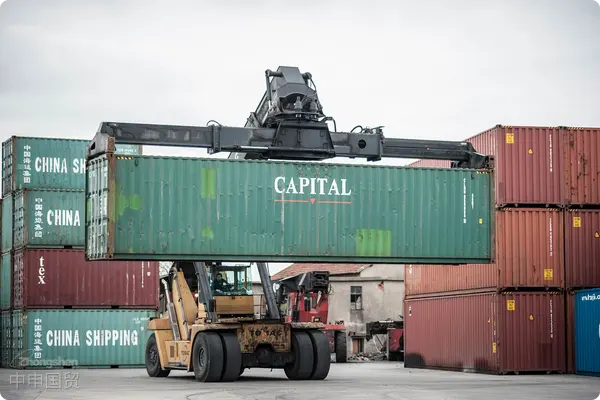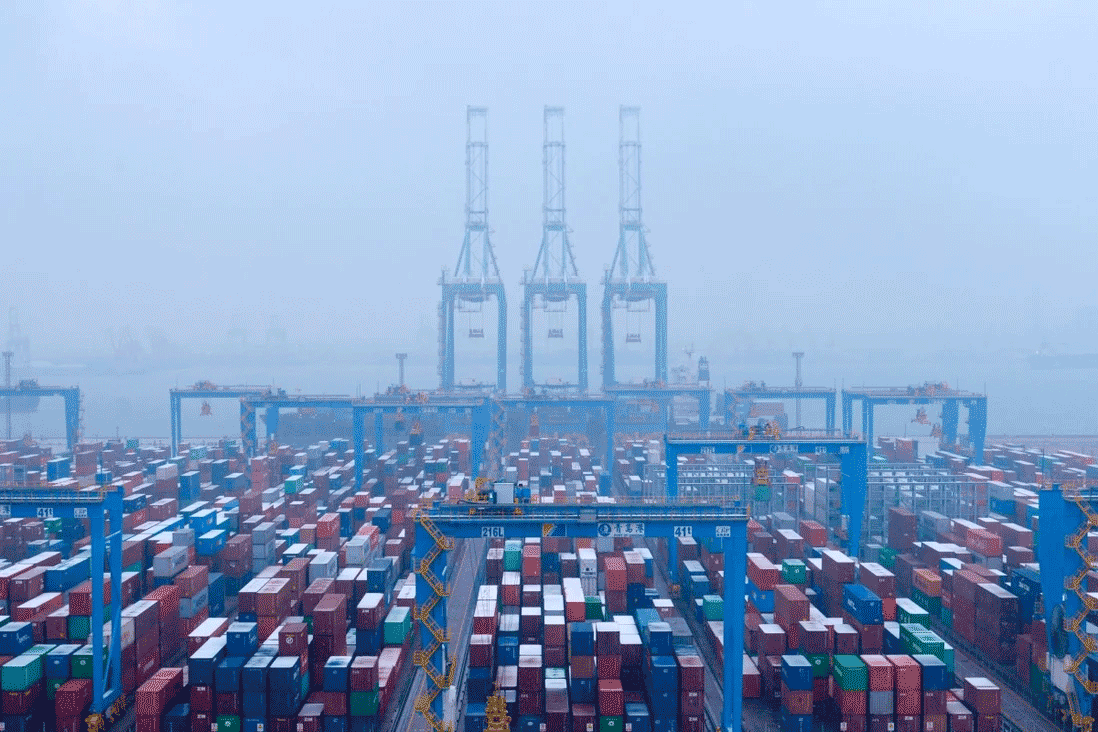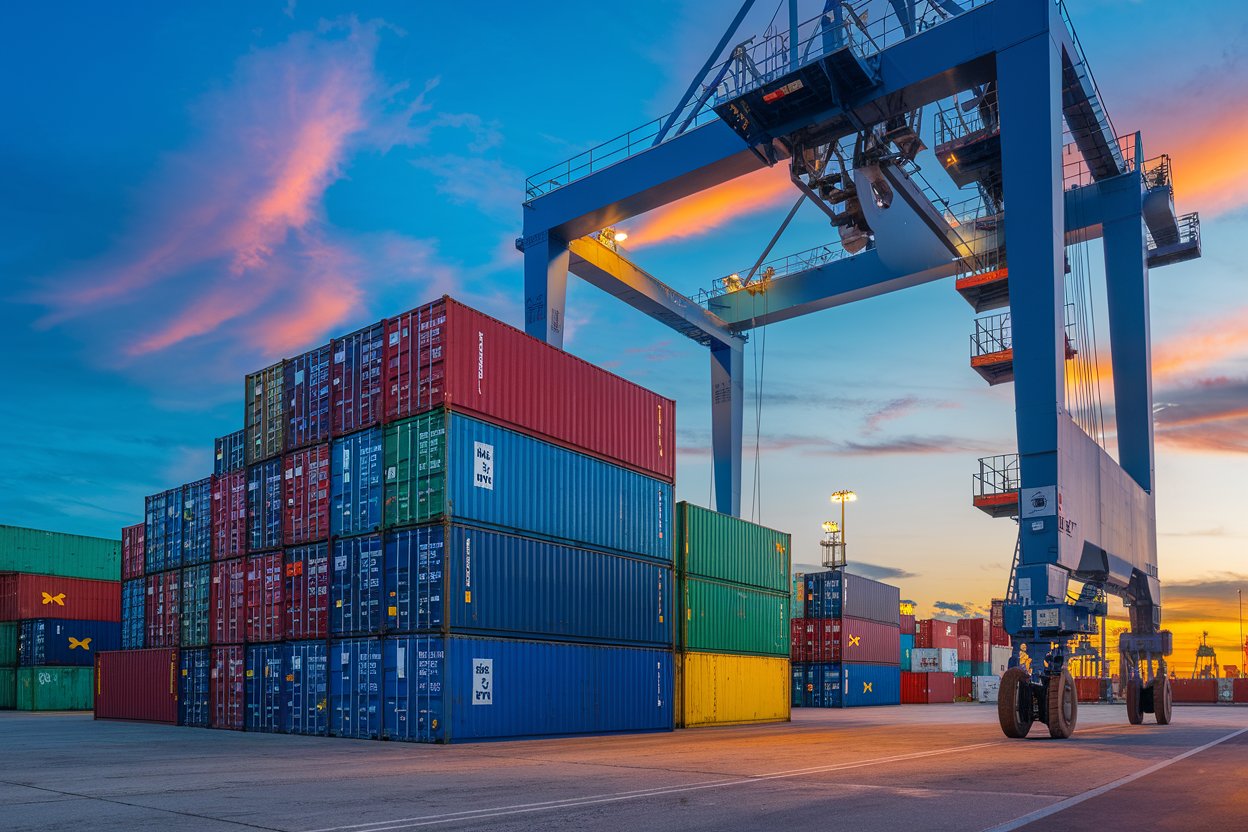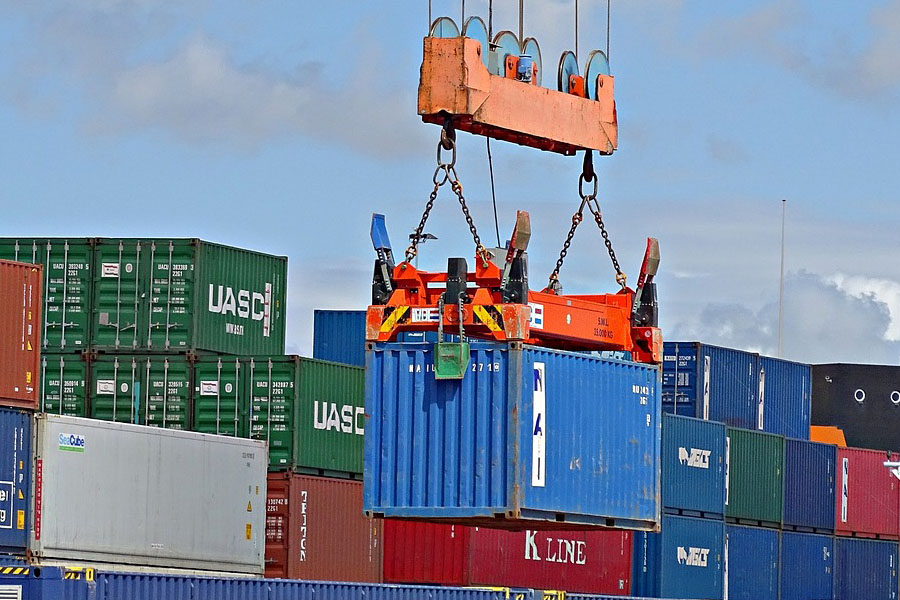- Shanghai Zhongshen International Trade Co., Ltd. - Two decades of trade agency expertise.
- Service Hotline: 139 1787 2118

The Three Iron Rules of Trade Compliance Review
Under the framework of the latest revised Mechanical and Electrical Product Import Management Measures in 2025, the screening of compliant agents should focus on three core dimensions:
- Double-A Customs Certification: Verify whether the enterprise holds Customs AEO Advanced Certification and specialized qualifications for mechanical and electrical product imports.
- Industry Access Filing: Check the agents specific equipment agency permissions filed with the National Mechanical and Electricalimport and exportChamber of Commerce
- Risk warning capability: Request cases of customs classification disputes handled for imported equipment in the past three years.
Industry Adaptability Assessment Model
For different fields such as medical equipment, semiconductor manufacturing equipment, and engineering machinery, differentiated selection criteria should be established:
- Medical Equipment Agency
- Must have experience in CFDA registration certificate change services
- Familiar with Class II/IIIequipment. For example, Indonesia has the SNI certification, Thailand has the TISI certification, and the Philippines has the BPS certification. It is necessary to confirm in advance the equipment voltage (such as 380V/50Hz in Thailand), the compatibility of the CE certification, and the proof of environmentally friendly materials.Health quarantine procedures
- Semiconductor Equipment Agency
- Master the import license application path for restricted equipment such as EUV lithography machines
- Possess hazardous chemical transportation qualifications (e.g., etching gas carrier capability)
Service Network Penetration Test Method
Verify the actual service capabilities of the agent through three practical steps:
- Port Docking Test: Request the designated cooperative warehouses customs zone code and warehousing agreement at the destination port.
- Emergency Response Verification: Simulate a scenario of equipment port congestion and assess the clearance exception handling time (recommended setting a 48-hour response benchmark).
- Technical document review: Verify whether the agent can provide target country certification document templates (e.g., the structure of EU CE certification technical documents).
Golden Segmentation Point for Risk Control
According to the latest 2025 case law, contract terms should specifically stipulate:
- Liability Allocation Mechanism: Clearly define the cost-sharing ratio for port detention fees caused by HS code disputes
- Dual insurance coverage: Require simultaneous insurance coverageMaritime TransportationAll risks and product liability insurance (recommended coverage amount not less than 130% of equipment value)
- Technical dispute clause: Include the right to designate third-party testing agencies (recommend specifying TüV or SGS as arbitrators)
Quotation structure breakdown techniques
Be wary of quotation schemes containing the following hidden costs:
- Temporary surcharge trap: Check whether port congestion surcharge (PCS) calculation methods are preset
- Document service unbundled pricing: Reject separate billing for ATA carnet applications and bank guarantee services
- Exchange rate fluctuation transfer clause: Lock the benchmark foreign exchange rate of Bank of China on the payment date
A certain automobile manufacturer successfully avoided 1.2 million yuan in port detention losses caused by classification disputes when importing a German stamping production line in 2025 by using the above methods to screen agents. The core decision factors included: verifying the agents training certificate for the 2024 edition of the General Administration of Customs Guidelines for Classification of Electromechanical Products, confirming their ownership of a supervised warehouse in Stuttgart Port, and requiring a third-party arbitration mechanism for technical parameter disputes to be clearly stated in the contract.
Related Recommendations
? 2025. All Rights Reserved. Shanghai ICP No. 2023007705-2  PSB Record: Shanghai No.31011502009912
PSB Record: Shanghai No.31011502009912










